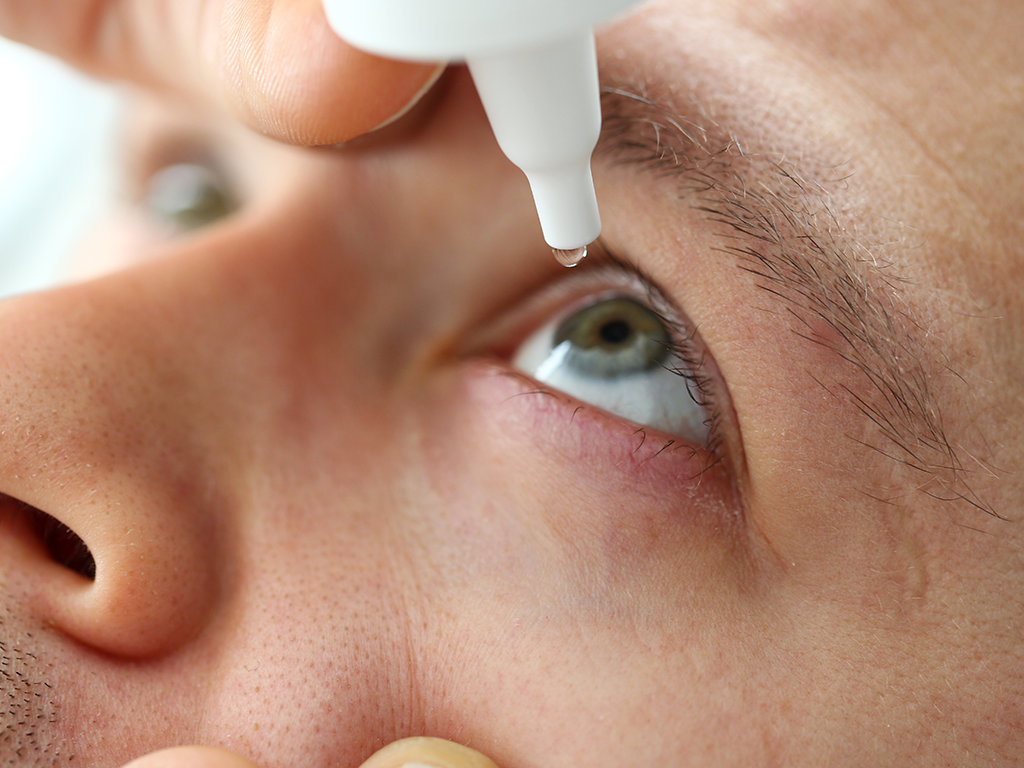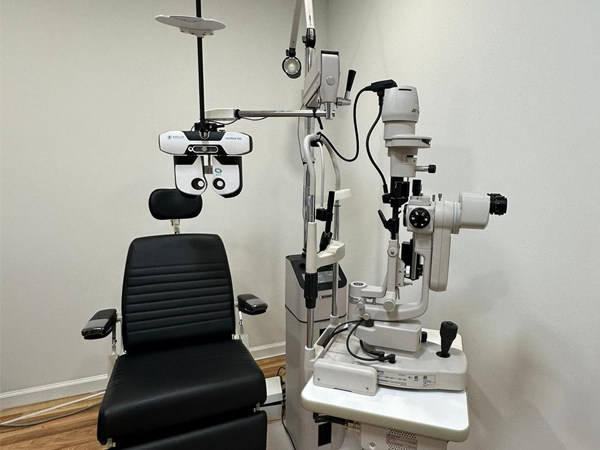Dry Eye Treatment

Understanding and Managing Dry Eye
Dry eye is a prevalent condition where the eyes either do not produce enough tears or the tears are of poor quality, leading to insufficient lubrication and nourishment for the eyes. Tears are crucial for maintaining the health of the eye’s front surface and ensuring clear vision.
When the eyes lack adequate moisture, it can cause discomfort, redness, and a gritty sensation. This condition can arise from various factors, including aging, environmental conditions, medications, and underlying health issues. Tear quality can be compromised if tears evaporate too quickly or do not spread evenly over the eye surface. Effective management of dry eye involves addressing the underlying causes and ensuring the eyes receive the necessary lubrication to maintain comfort and clarity.
What is Dry Eye?
Dry eye syndrome occurs when the eyes are unable to produce an adequate amount of tears or when the tears produced are of poor quality. Tears are essential for maintaining the health of the eye’s surface and ensuring clear vision. Factors such as aging, environmental conditions, medications, and underlying health issues can contribute to the development of dry eye. Common symptoms include a gritty sensation, burning, and blurred vision. Treatment aims to improve tear production, enhance tear quality, and alleviate discomfort.

Causes of Dry Eye
Dry eye can be caused by various factors:
- Aging: Tear production naturally decreases with age.
- Environmental Factors: Dry air, wind, and smoke can accelerate tear evaporation.
- Medications: Certain medications, like antihistamines and decongestants, can reduce tear production.
- Health Conditions: Diseases such as diabetes and rheumatoid arthritis can affect tear production.
Understanding these underlying factors helps in effectively managing dry eye syndrome, as treatment strategies often involve addressing these root causes alongside symptom relief.
Symptoms and Treatment:
Symptoms of dry eye include:
- Grittiness or irritation in the eyes
- Sensitivity to light
- Blurred or fluctuating vision
- Excessive tearing (as the eyes attempt to compensate)
Treatment options range from artificial tears for lubrication to medications that stimulate tear production. Lifestyle adjustments like using humidifiers and protecting eyes from wind and smoke can also help manage symptoms.
In severe cases, surgical interventions may be considered to improve tear drainage or conserve natural tears.
Factors Contributing to Dry Eye
Dry Eye Can be Influenced by Various Factors
Dry eye syndrome can stem from a variety of factors that affect tear production and eye lubrication. Aging is a significant contributor, as natural changes in tear gland function make dry eyes more common among individuals over the age of 65. Women are also more susceptible due to hormonal fluctuations during pregnancy, the use of oral contraceptives, and menopause.
Medications play a role as well, with certain drugs such as antihistamines, decongestants, and antidepressants known to decrease tear production. Medical conditions like rheumatoid arthritis, diabetes, and thyroid disorders can exacerbate dry eye symptoms, as can inflammatory conditions of the eyelids or eye surfaces.
Environmental factors such as exposure to smoke, wind, or dry climates can increase tear evaporation and contribute to dry eye discomfort. Additionally, prolonged periods spent staring at digital screens without blinking enough can lead to eye dryness. Long-term use of contact lenses and some corrective eye surgeries, like LASIK, may also impact tear production and exacerbate dry eye symptoms.
Frequently Asked Questions About Comprehensive Eye Exams Lexington KY
1. Why is it important to have an annual comprehensive eye exam Lexington KY?
An annual comprehensive eye exam Lexington KY helps detect eye conditions early, even without symptoms. Conditions like glaucoma can be managed better with regular exams.
2. What happens during a comprehensive eye exam Lexington KY?
During a comprehensive eye exam Lexington KY, your eye doctor Lexington KY evaluates eye health, vision quality, focusing, tracking, eye teaming, and depth perception.
3. How can modern lifestyles affect our vision?
Extensive screen use strains eyes, leading to headaches and discomfort. Regular exams help address these issues with corrective lenses or Vision Therapy.
4. What are some signs that I might need a new prescription?
Signs include headaches, eye strain, difficulty focusing, and blurry vision. Schedule an exam with your optometrist Lexington KY if you notice these.
6. How do systemic health conditions like diabetes affect eye health?
Yes, annual exams are key for monitoring eye health, even without lenses, as many conditions go unnoticed without evaluation.
7. What is Vision Therapy, and who might need it?
Vision Therapy corrects vision problems and improves visual skills, often for those with screen-related difficulties.
8. What additional tests might be needed for complex visual issues?
Tests for strabismus, amblyopia, convergence insufficiency, and excess may be needed for specific visual disorders.




